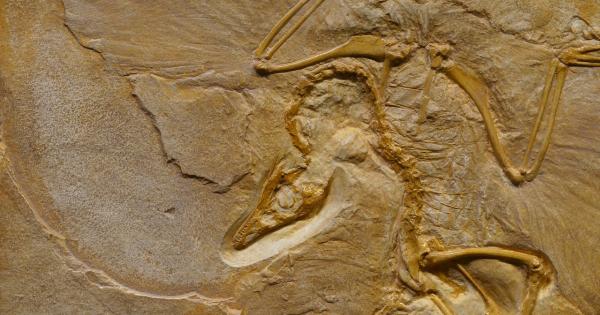Sperm competition is a critical aspect of sexual selection that affects reproductive success in a wide range of animals.
The competition between male gametes of different individuals to fertilize the egg of a female can occur both before and after copulation, and has been observed in various species, ranging from insects to primates. However, while sperm competition is often studied in the context of male-male competition, the role of female choice in influencing the outcomes of sperm competition is increasingly being recognized.
Female Choice and Sperm Competition
Female choice refers to the process by which females actively select mates based on specific traits that may confer advantages to their offspring.
This can lead to the evolution of exaggerated male traits, such as bright colors, intricate songs, or large body size, which signal a male’s genetic quality and ability to provide parental care. However, while female choice is traditionally seen as a pre-copulatory mechanism of sexual selection, recent studies suggest that it can also influence the outcomes of sperm competition.
In many species, females can store sperm from multiple males and control fertilization through selective sperm usage.
For example, in fruit flies, females tend to store more sperm from males with high-quality ejaculates and preferentially use their sperm for fertilization. This can result in a biased representation of paternal genes in the offspring, leading to increased genetic diversity and potentially higher genetic quality.
Similarly, in rodents, females can store sperm from multiple males in different regions of their reproductive tract and selectively use them based on genetic compatibility and other factors.
This can result in complex patterns of sperm usage and fertilization that can have significant effects on the genetic quality and diversity of offspring.
Effects of Female Choice on Sperm Competition
The influence of female choice on sperm competition can have both positive and negative effects on male reproductive success.
On one hand, by being selective in their sperm usage, females can increase the chances of fertilization by males with high-quality ejaculates, leading to higher offspring fitness and genetic diversity. Additionally, female choice can reduce the likelihood of sperm competition and subsequent fertilization by low-quality males, which may increase the overall genetic quality of the offspring.
On the other hand, female choice can also lead to increased competition among males for access to high-quality females, leading to increased investment in ejaculates and other traits that signal genetic quality.
This can lead to increased sexual selection and male-male competition, which may have negative effects on the genetic quality and diversity of offspring.
Implications for Conservation and Management
The influence of female choice on sperm competition has important implications for conservation and management of endangered and threatened species.
In many cases, conservation efforts focus on increasing the number of breeding individuals in a population, which can lead to increased competition and reduced genetic diversity. However, by understanding the role of female choice in sperm competition, conservationists can design strategies that promote female mate choice and reduce the effects of male-male competition on genetic diversity.
Additionally, the influence of female choice on sperm competition can also have implications for the effective management of pest species, such as insects and rodents.
By understanding the mechanisms of female choice and sperm storage, researchers can develop strategies that disrupt the reproductive cycles of pests and reduce their population sizes.
Conclusion
Overall, the influence of female choice on sperm competition is a complex and fascinating area of research that has implications for a wide range of fields, from evolutionary biology to conservation and pest management.
While the mechanisms of female choice and sperm competition are still being explored, it is clear that understanding these processes is critical to understanding and managing the diversity of life on our planet.































